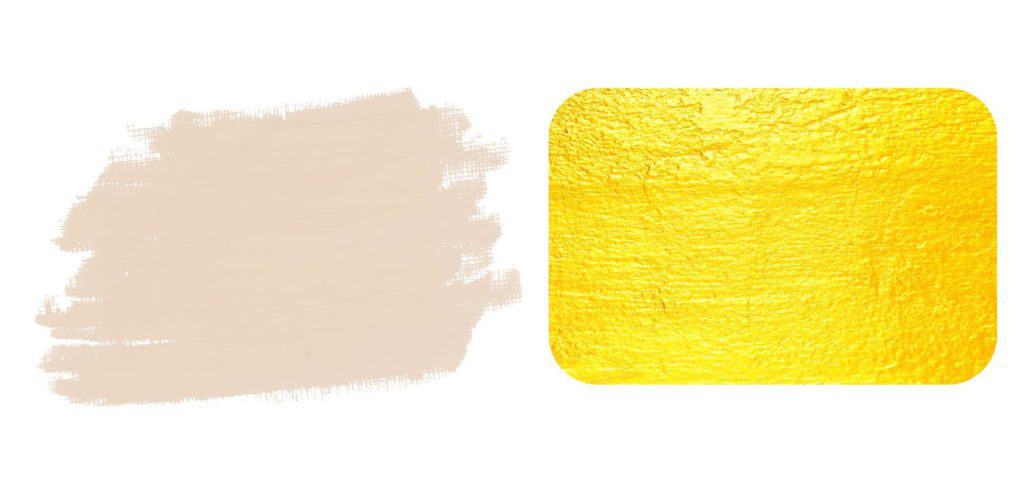
Whether you are choosing paint for the walls in your home, polyurethane to refinish your hardwood floors or lacquer for wood finishing jobs, you will likely stumble over different types of appearance. These include flat, matte, satin, semi-gloss and gloss, for instance.
While picking the color of paint and lacquer only requires you to follow your personal preference, further considerations will be necessary when you select from matte, satin, (semi-)gloss or another grade of sheen. Read on to learn more about their characteristics as well as their pros and cons beyond the differences in their appearance.
Make sure you also read our articles “what is sheen” and “difference between satin and gloss” to learn more about the different grades of sheen.
What Are Matte, Satin, Semi-Gloss and Gloss Finishes?
These terms refer to the amount of sheen and the degree of reflectiveness of a paint, lacquer or polyurethane finish. While matte or flat finishes come with a minimum of luster, gloss surfaces are shiny and particularly reflective. Satin and semi-gloss are somewhere in the middle with a slight tendency to being less (satin) or more reflective (semi-gloss).
Appearance
This section provides an overview of the differences in the look of matte, satin, semi-gloss and gloss finishes.
Matte
- Slightly more sheen than flat (low sheen) finishes
- Yet not reflective
- Often described as subtle and elegant
Satin
- Slightly lustrous
- Somewhat reflective
- Appears “vivid” and classy
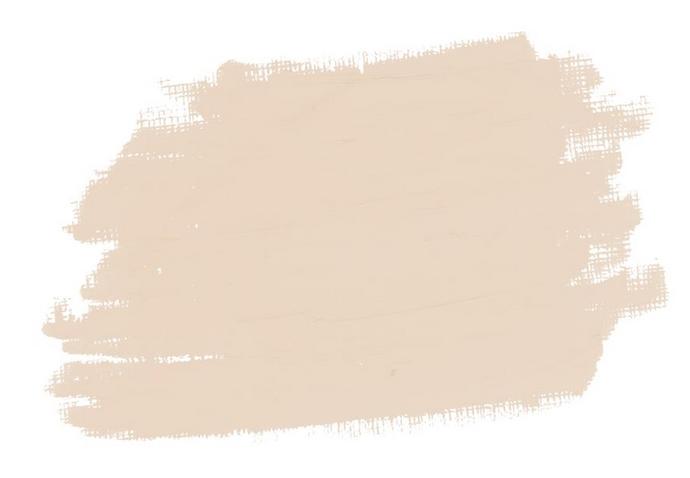
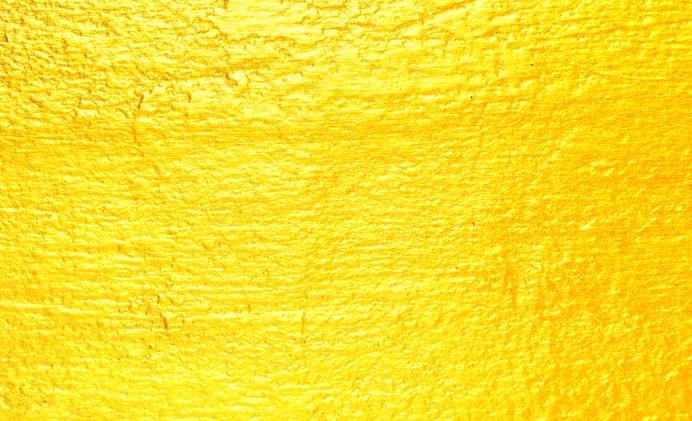
Semi-gloss
- Appearance between satin and gloss
- High level of reflectiveness
- Yet less lustrous than gloss
Gloss
- High-gloss appearance
- Extremely reflective and lustrous
- Sometimes described as “glass-like” or “plastic-like” look
Chart: Amount of Sheen per Class
This diagram compares the amount of sheen for flat, matte, eggshell, satin, semi-gloss and gloss types of finishes.
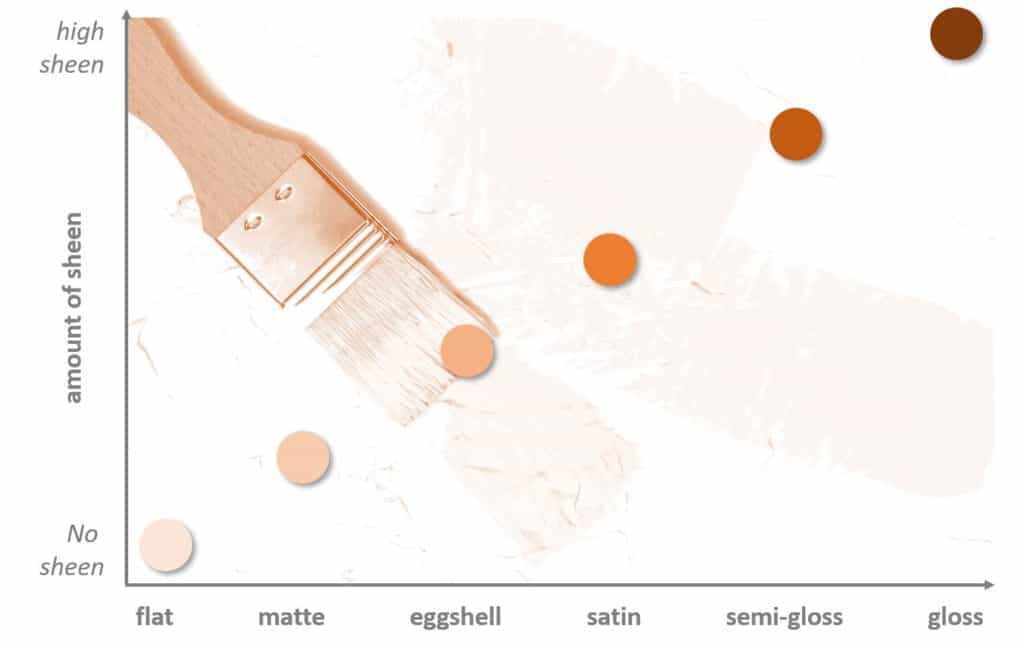
Matte vs. Satin vs. Semi-Gloss vs. Gloss Paint
If you paint a wall, you will usually want to consider three things:
- The color you are choosing
- The type of paint that fits for the purpose
- The grade of sheen with respect to the look and durability.
Choosing the right color (#1) is subject to your own taste and preference. If you are wondering which type of paint you should use (#2), read this comparison of oil- and water-based paint types.
For the selection of the right amount of sheen (#3), you will likely make up your mind based on the intended look as well as practical considerations. While we have covered the differences between matte, satin and semi-gloss in terms of sheen and reflectiveness in the previous section, we will discuss the durability and ease of cleaning here.
Semi-Gloss and Gloss Paint – Pros and Cons
As a rule of thumb, the more reflective a paint finish, the easier it is to clean. Walls painted with gloss and semi-gloss paint are more resistant to stains and damp. They can also easily be wiped which makes these types of sheen a good choice for heavily used rooms, e.g. kitchen, bathroom, hallways etc. For many, semi-gloss is the preferred choice over high-gloss wall paint which may be perceived as too reflective and “glass-like”.
Example of semi-gloss paint.
Find this one and other semi-gloss paint on Amazon.
Matte and Flat Paint – Advantages and Disadvantages
Matte and flat paints are generally less resilient due to the higher share of pigments in their mix of ingredients. Stains tend to be more stubborn and harder to remove and even if you wipe them with clear water, you might risk leaving visible marks on the wall. As their elegant and classy look is a good reason not to rule these types of paint out, you might think twice of where you are using them. For instance, they can be applied in bedrooms, living rooms (if you do not have children nor pets), ceilings and other areas not subject to wear.
Satin Paint
Satin paints are a good compromise of all these characteristics. They offer a classy look with a slight but not too aggressive sheen, that is often preferred for all kinds of rooms. Glossier paints tend to accentuate imperfections and uneven spots of walls, while they will be somewhat concealed and covered by a satin coat. In practice, the resistance of satin against humidity and slight wear – such as being touched by hands – is sufficient for private homes. Therefore, satin is one of the most popular types of wall paint on the market.
Example of Satin Paint.
Find this one and other satin paint on Amazon.
Satin vs. Semi-Gloss vs. Gloss Lacquer
Lacquer covers the treated surface with a coat which makes it generally more resistant than paint. <Because of this characteristic and its ingredients, lacquer comes typically with a higher level of sheen. Satin is usually the least shiny form of lacquer while it is yet more reflective than most satin paints.
Thanks to the protective and resilient character of lacquer coats, the differences between satin and gloss in durability and humidity-resistance are not as significant as for paint. Fingermarks and stains tend to be more visible on glossier surface but they can be removed easily.
If you decide to use lacquer as a finish for wood, furniture, metal or other objects and surfaces, you can therefore choose the grade of sheen solely based on the intended appearance.
Example of gloss lacquer.
(Check price on Amazon).
Matte vs. Satin vs. Semi-Gloss Polyurethane
Polyurethane is a typical finish for hardwood floors and floating floors made of wood. It also provides a protective coat on top of the surface which prevents the floor from scratches and marks. Thus, there is no significant relation between the amount of sheen and the durability of the coat.
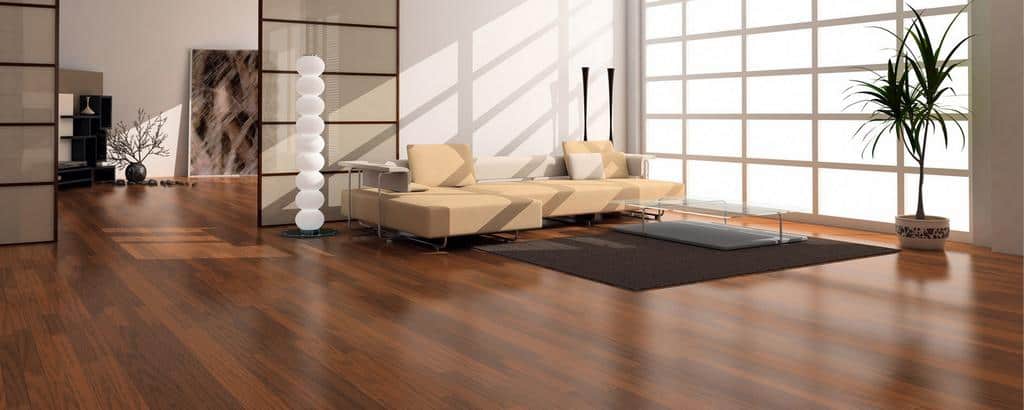
Therefore, you can select from matte, satin, semi-gloss or even gloss polyurethane solely based on the preferred amount of sheen. However, note that semi-gloss and gloss finishes tend to accentuate the original surface of the floor while less shiny polyurethane coats tend to conceal it to some extent. Keep in mind that oil-based polyurethane will come with an amber hue and turns darker over time while water-based or acrylic polyurethane is generally colorless – read more about the different types of poly here.
Pros and Cons of Matte and Gloss Polyurethane
If your floor is subject to heavy use, you might want to consider that wear is slightly more visible on highly reflective (i.e. gloss and semi-gloss) surfaces. On the other hand, matte and flat polyurethane finishes might almost hide the underlying wood – which can be intended to conceal imperfections though.
When finishing hardwood floors with polyurethane, make sure that you do not apply too many or too thick coats of poly, as this might lead to a plastic-like layer that looks either lustrous (gloss polyurethane) or blurred (flat, matte and satin polyurethanes).

Find both gloss and satin polyurethane on Amazon.
Conclusion
Whether you are using a flat, matte, satin, semi-gloss or gloss finish is first and foremost a matter of taste. However, there are some practical advantages and disadvantages (besides the appearance) in the case of wall paint, mainly with respect to the durability and cleaning.
If you are using lacquer or polyurethane, you might choose the right amount of sheen solely based on your taste without paying too much attention to practical considerations. This is because both types of finish add a hard coat on top of the treated surface rather than soaking in. Thus, many practical considerations related to matte vs. satin vs. gloss paint do not apply to poly and lacquer.
Find more articles about the differences between satin and gloss as well as the grades of sheen in our blog. Also, check out our section on the different types of finishes and their advantages and disadvantages.



